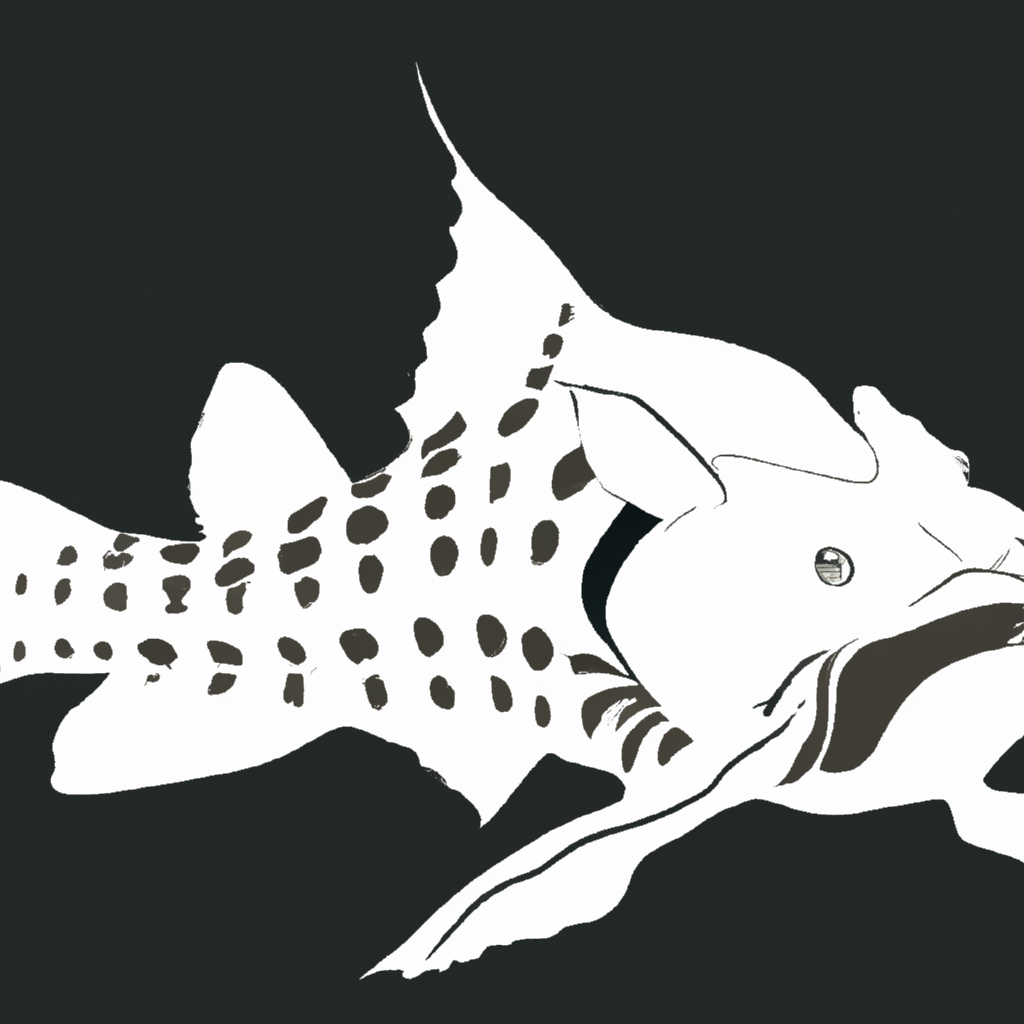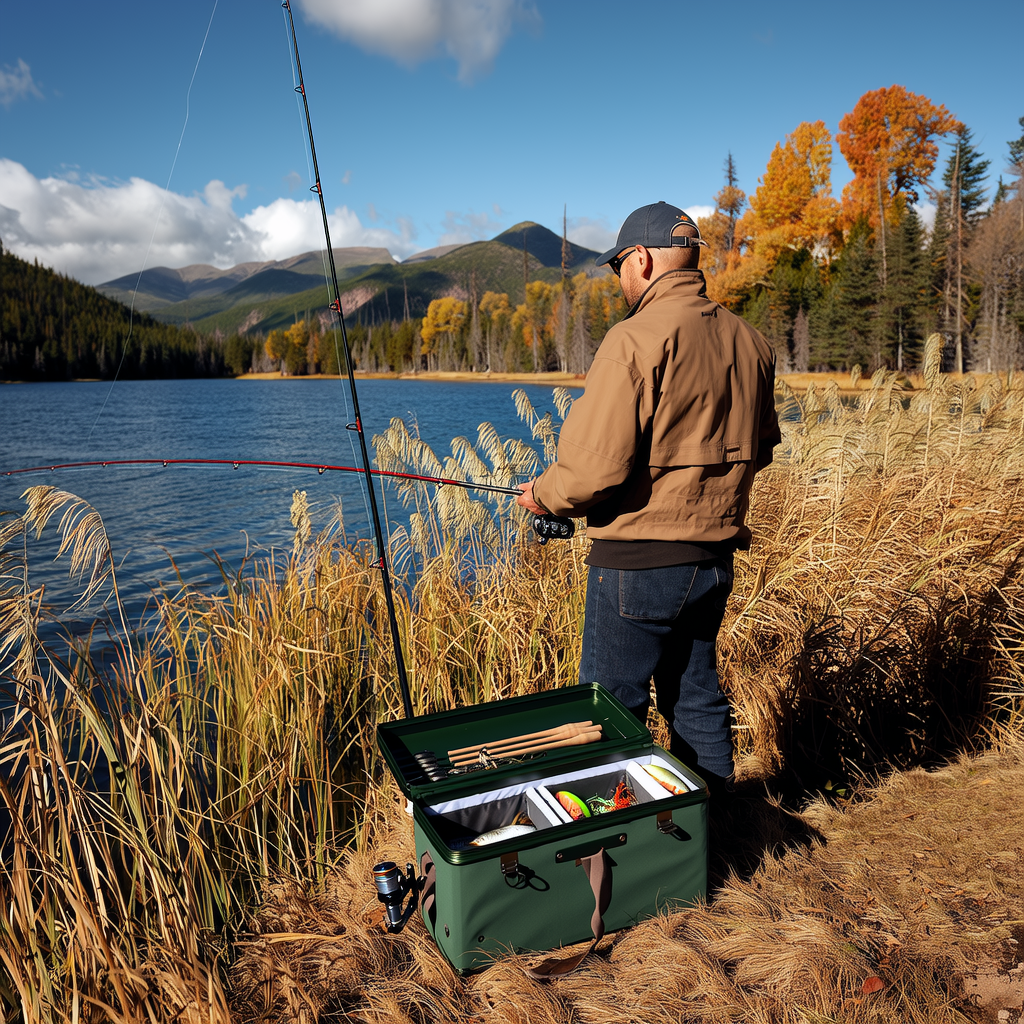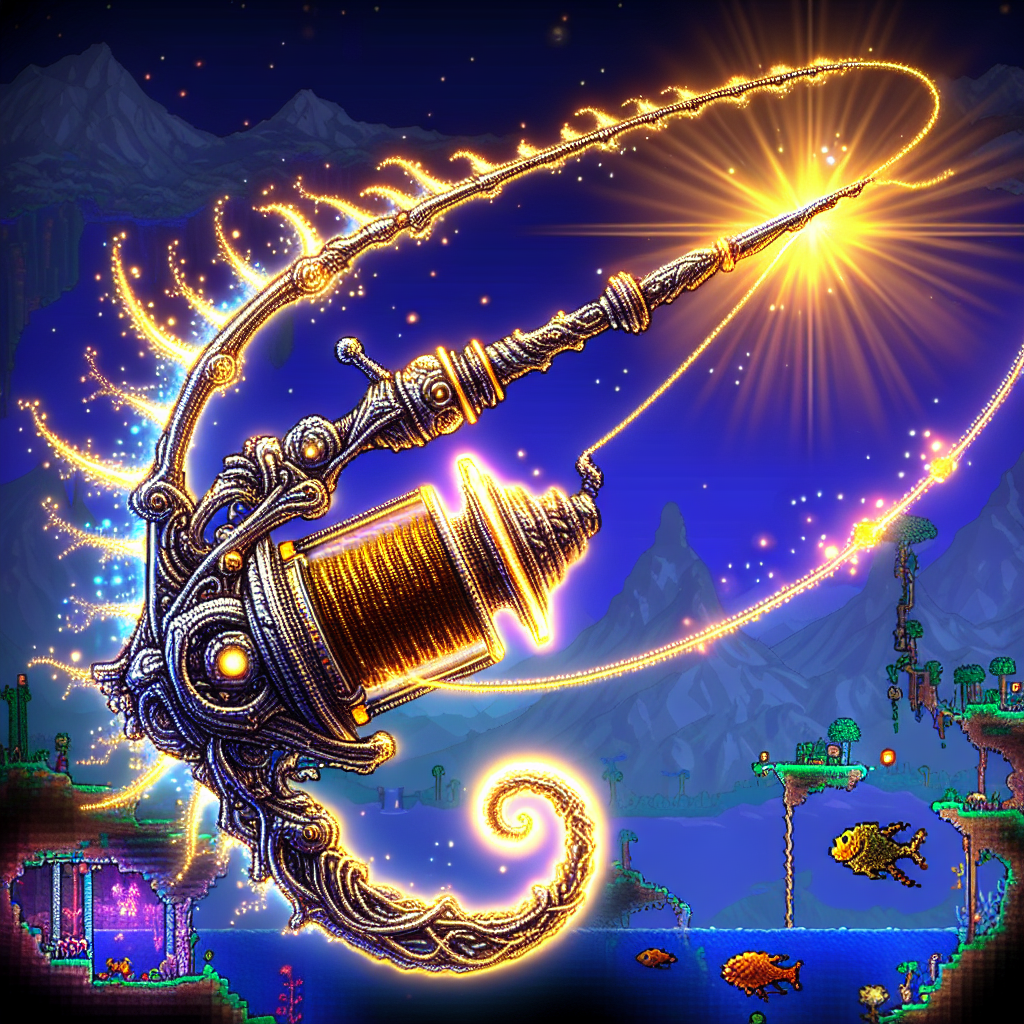Introduction to Sturgeon
The Sturgeon, an elegant and graceful prehistoric fish, has been swimming around in our waters for many millions of years. These majestic creatures are revered because of their size, strength and unique characteristics. Discover the wonders of the sturgeon.
Origin and Evolution of Sturgeon
Sturgeon fish are among the oldest species of fish on Earth. They date back to the Jurassic Period. Their evolution is fascinating. They have adapted to different environments and survived through the ages. These resilient creatures have stood the test of time and are truly remarkable in the animal world.
Sturgeon Physical Characteristics
Sturgeons are known for having a long body, bony plates, called scutes and barbels, which hang from their mouth. These features allow them to navigate the water with efficiency and precision. Their powerful tail allows for them to swim quickly through the depths and showcase their agility and strength.
Habitat and distribution of Sturgeon
Sturgeons can be found in freshwater and seawater environments all over the world. Sturgeons live in rivers, lakes and oceans and adapt to different climates and conditions. These creatures are adaptable and can thrive in a variety of habitats.
Sturgeon Behavior and Feeding Habits
Sturgeon are known as gentle creatures with slow movements. Sturgeon are bottom feeders, and use their barbels to find food in the mud. Their diet is made up of small crustaceans and insects that they sucking up with their powerful mouths. Sturgeon are opportunistic predators that will take advantage of any prey available to them.
Reproductive Cycle of Sturgeon
Sturgeons have a unique reproduction cycle that makes them different from other fish species. The female sturgeon is able to lay thousands of eggs simultaneously, which are fertilized and hatched by the male. The eggs are then placed in shallow water, where they hatch and become larvae. Sturgeons have a slower growth rate than other fish and reach maturity later, making them a species with a longer lifespan.
Sturgeon Conservation Status
Many sturgeons are threatened by overfishing, habitat destruction and pollution. Conservation efforts are being undertaken to protect these magnificent animals and ensure their continued presence in our waters. By raising awareness and implementing sustainable fisheries practices, we can preserve the sturgeon populations for future generations to enjoy and admire.
The role of Sturgeons in Ecosystem
Sturgeons play a vital role in the aquatic eco-system, as they are both predators and prey. They control the population of invertebrates and small fish, maintaining the balance in the food-chain. Sturgeons also contribute to the nutrient cycle by feeding on organic material and releasing waste into the environment. Their presence is vital for the health and stabilization of our waterways.
Sturgeon in Culture and History
Throughout history, sturgeons have been revered by many cultures as a symbol of strength, resilience and wisdom. In ancient times sturgeons were considered a delicacy, and a symbol of prosperity. They were used in rituals and ceremonies to honor their significance within the natural world. Sturgeons continue to hold a very special place in our hearts, and inspire awe and admiration with their beauty and grace.
Conclusion
Sturgeons are amazing creatures that deserve our respect and protection. Sturgeon are a vital part to the natural world because of their unique characteristics, behaviors, and roles in the ecosystem. We can help ensure that sturgeons continue to thrive in the future by learning more about them and supporting conservation efforts.




